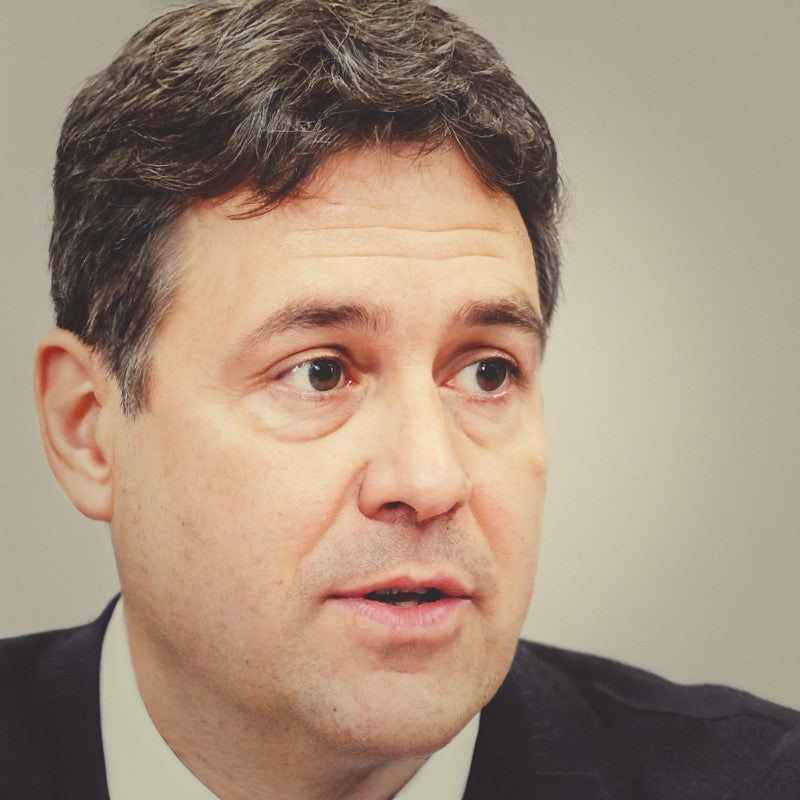Applying for a Civil Service role can be daunting, especially when it comes to writing the 250-word statements.
These statements, which are required for each behaviour listed in the job specification, are often cited by candidates as the hardest part of the application process.
However, with a thorough understanding of the behaviour in question and a well-structured approach, what initially seems like a weakness can become a compelling strength.
Related Article - 5 Seeing the Big Picture Example Statements
What "Seeing the Big Picture" Means at the AO Level
"Seeing the Big Picture" at the Administrative Officer (AO) level involves understanding how your role fits into and supports the broader objectives of the organization. At this level, you are expected to not only be aware of the immediate tasks at hand but also to appreciate how these tasks contribute to the overall goals and priorities of your department and the wider Civil Service.
This behaviour at the AO level requires a balance of detail orientation and strategic thinking. Unlike entry-level positions, where the focus might be primarily on completing specific tasks, AO level roles demand a recognition of how your work impacts others and how it aligns with larger organizational objectives. You should be able to identify connections between your tasks and the broader mission, ensuring that your contributions are both relevant and significant.
Statement Structure: Using the B-STAR Technique
To effectively convey your understanding of "Seeing the Big Picture" in your 250-word statement, the B-STAR technique can be incredibly useful. B-STAR stands for Belief, Situation, Task, Action, Result, and it provides a clear, structured way to present your experience and insights.
-
Belief: Start with your core belief or understanding regarding "Seeing the Big Picture". For example, you might believe that recognizing how daily tasks contribute to strategic goals is essential for effective performance at the AO level.
-
Situation: Describe a relevant situation where this belief was put into practice. Be specific about the context, including any challenges or opportunities that were present.
-
Task: Outline the task you were responsible for in this situation. Detail what needed to be achieved and why it was important in the context of the broader objectives.
-
Action: Explain the actions you took to address the task. Highlight how you considered the bigger picture and ensured your actions were aligned with organizational goals.
-
Result: Conclude with the result of your actions. Emphasize the positive impact your approach had on the broader objectives and any feedback you received that underscores your ability to see the big picture.
By structuring your statement using the B-STAR technique, you can clearly demonstrate your capability in "Seeing the Big Picture" at the AO level, making your application stand out to evaluators.
 Click here to see 50 example statements covering all 9 Key Behaviours
Click here to see 50 example statements covering all 9 Key Behaviours
Now, let's look at an example statement that illustrates how to apply this technique effectively...
Seeing the Big Picture 250 Word Statement Example
I believe that understanding the broader context of our work is essential for contributing effectively to the organisation’s goals and priorities.
In my role as an administrative assistant, I was responsible for managing correspondence and scheduling meetings for the team. I understood that my role, while administrative, played a crucial part in supporting the department's overall mission to improve public health services.
One specific project involved coordinating a series of stakeholder meetings to discuss the rollout of a new public health initiative. I recognised that these meetings were not just routine tasks but were integral to the broader objective of enhancing healthcare accessibility. By ensuring these meetings were well-organised, I contributed to the successful planning and implementation of the initiative.
I gathered information from various sources, both within and outside the department, to inform my work. I regularly consulted with colleagues to understand the specific needs and priorities of the meetings. Additionally, I kept updated with the latest public health policies and stakeholder interests, which helped me anticipate potential issues and prepare accordingly.
Understanding the diverse needs of the stakeholders, I ensured that all communication was clear and inclusive. I arranged meeting venues that were accessible to all participants and provided materials in formats suitable for individuals with different needs.
My efforts helped facilitate productive discussions, which ultimately led to a more effective rollout of the health initiative. This experience taught me the importance of seeing the big picture and understanding how my role supports wider organisational goals.


